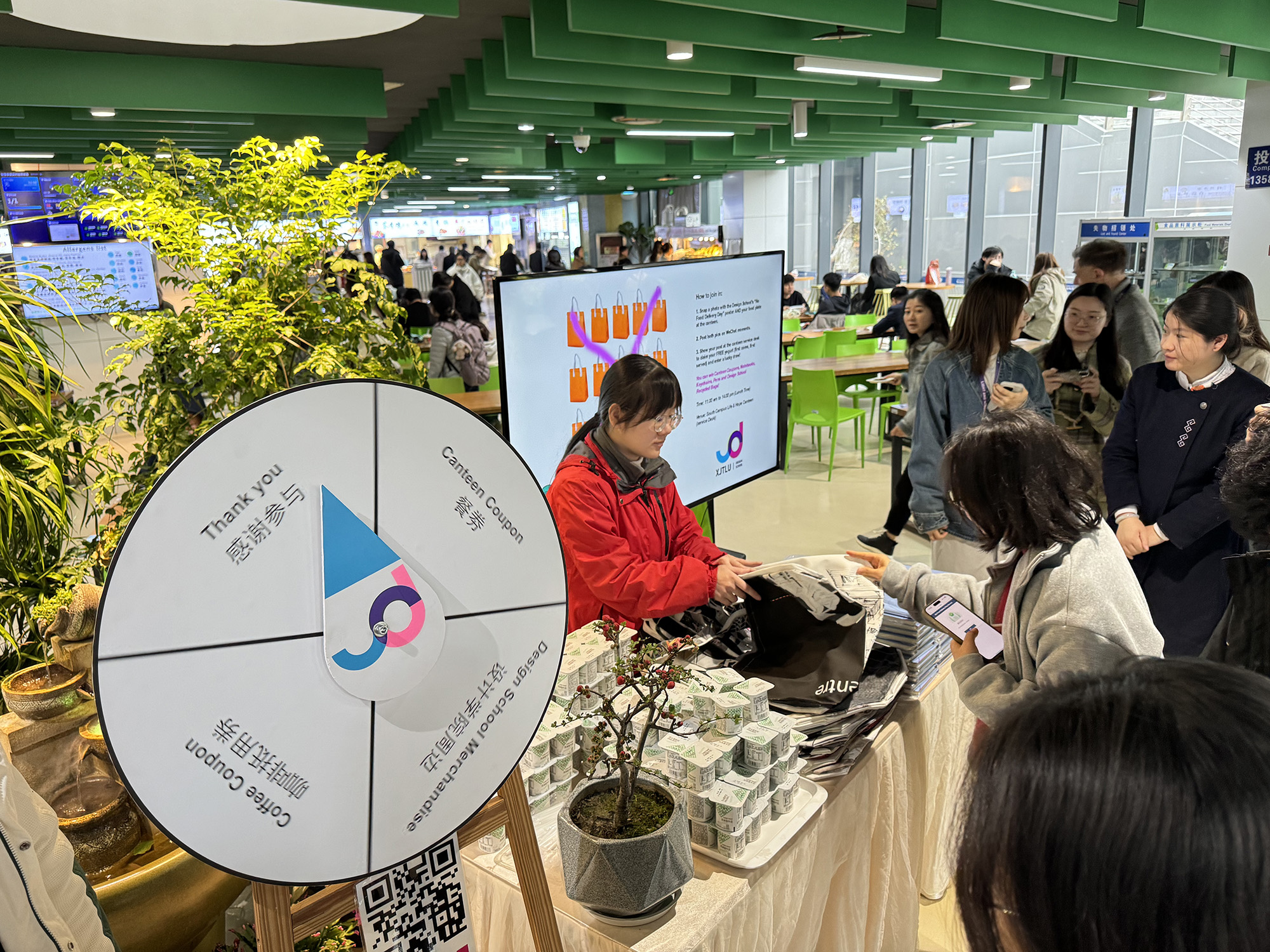Digital Exhaustion: The Silent Toll of Group Chats on Your Mental Energy

In our hyper-connected digital age, paradoxically, loneliness has become an epidemic that thrives in the most crowded spaces. My recent research into digital connections revealed a startling truth: the more digitally connected we become, the more emotionally disconnected we feel.
Modern technology promises unprecedented connectivity, yet it often delivers shallow interactions that leave us feeling more isolated than ever. Social media platforms, messaging apps, and endless digital notifications create an illusion of connection while simultaneously erecting invisible barriers between genuine human experiences.
The noise of constant digital chatter masks our deeper need for meaningful relationships. We scroll through hundreds of curated images and status updates, mistaking quantity for quality, and volume for genuine intimacy. Each like, share, and comment becomes a poor substitute for real, face-to-face human connection.
What I've discovered is that true connection isn't about the number of digital touchpoints, but the depth of authentic engagement. We're trading profound conversations for quick emoji responses, deep understanding for surface-level interactions.
The irony is profound: we're more technologically connected than ever, yet emotionally more distant. Our digital world has created a landscape where we can be simultaneously surrounded by people and utterly alone, where noise drowns out genuine communication, and where screens replace sincere human touch.
Understanding this digital disconnect is the first step toward reclaiming genuine human connection in an increasingly fragmented world.








